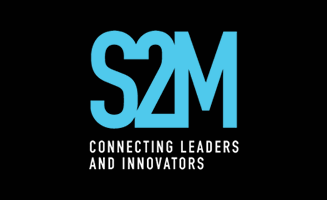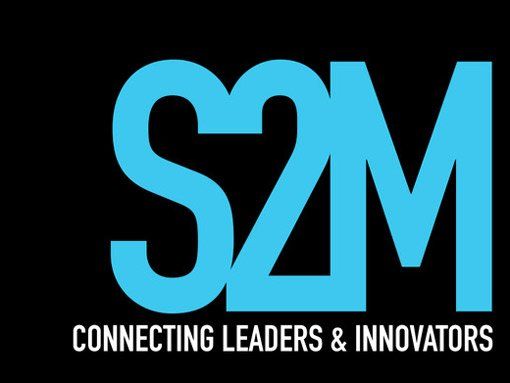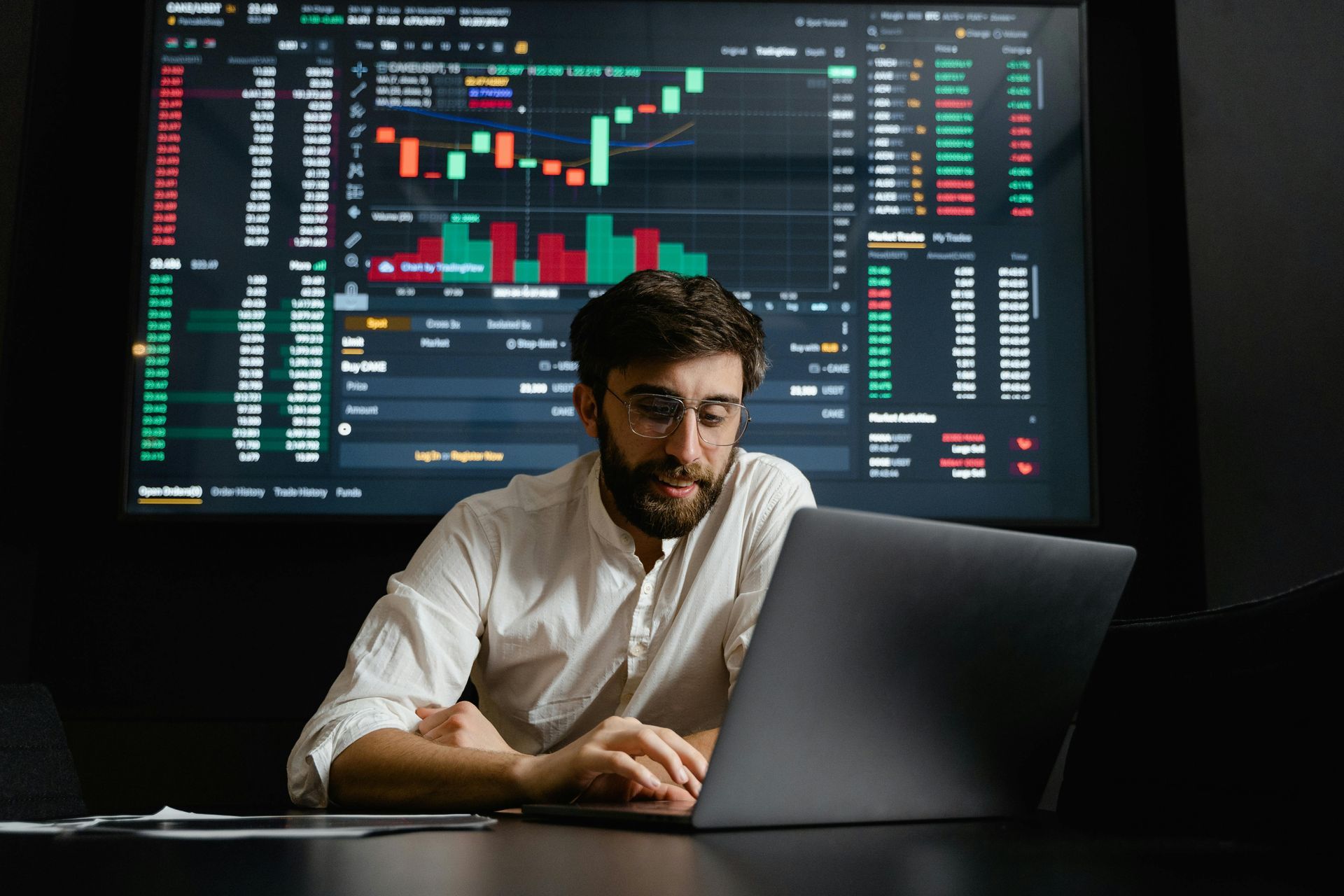Convergence Conference 2018 Recap
About a week ago I had the pleasure of attending the Convergence conference of 2018. The conference this year focused on Augmented Reality, Robot and A.I. Tech and Blockchain technology. This year we were gifted with products ranging from dancing robots to loyalty points as a secondary currency.
I’ll recap a few of my key lessons now.
1. Loyalty points on the blockchain
A lot has been said before about blockchain technology and its impact on a variety of different industries. I personally had managed to escape most of the noise on cryptocurrency in favour of the excitement building around blockchain.
Probably the most fascinating speaker at this years event was Tim Lea, CEO of REFFIND. His talk was a crash course in how companies are using the blockchain as their “single source of truth” and the advantages in having this technology spread across multiple platforms. He concluded that REFFIND’s investment into blockchain loyalty rewards company Loyyal was just the tip of the iceberg in the industry.
Loyyal’s aim was to take a given company’s loyalty points, and to allow them to be monitored across various industries and competitors. Through the blockchain, companies that are famous for their loyalty rewards programs such as Qantas would be able to open up their loyalty rewards across completely different channels. At its most extreme, a customer could trade their loyalty rewards points for something completely different.
The blockchain also gives loyalty rewards companies a chance to be able to analyse consumer’s spending habits as a chain of transactions, rather than an eclectic mix of purchases. Exciting times lie ahead here, so watch this space!
2. Dancing Robots
One of the of the most incredible sites that I saw at this year’s event was dancing robots. It wasn’t so much that these bots were dancing that really mattered, but what they resembled. To put things in context, this was the first time I’d seen robots resemble something that was less like an iPad on a stand with wheels, and something that resembled EVE from the film Wall-E (the biggest differentiator being that it had arms).
The market for these robots seems to be as a robotic personal assistant. It’s hard to imagine some companies without executive assistants, but with the way the world is going it may be a reality we will look at future.
The dancing aspect I found fascinating because the robots were constantly communicating with each other to make sure the dance was in sync. With robots being able to work in sync, who knows where we could take certain aspects of corporate life in the future.
3. Augmented Reality is becoming commercially viable
With all these technologies in the one place, it was interesting to see what tech was commercially viable and what wasn’t. It seemed that the only technology that was capable of generating any serious revenue at this point in time was Augmented Reality.
What I found really interesting about augmented reality wasn’t so much the way that people had used augmented reality for marketing, but the return on investment that some companies had gotten from it. One A/R marketing firm had produced an app that gave students the ability to treasure hunt for Q/R codes to scan using the smartphones, in turn building engagement for prospective students who were looking at joining the university in future. We may see more of these types of applications in the future in markets beyond education also.
While it wasn’t the biggest event I’ve been to, the technology on show proved themselves to be more than enough to pique my interest. We may see Augmented Reality applications hit our smartphones this year en masse, bringing the future just that little bit closer.






